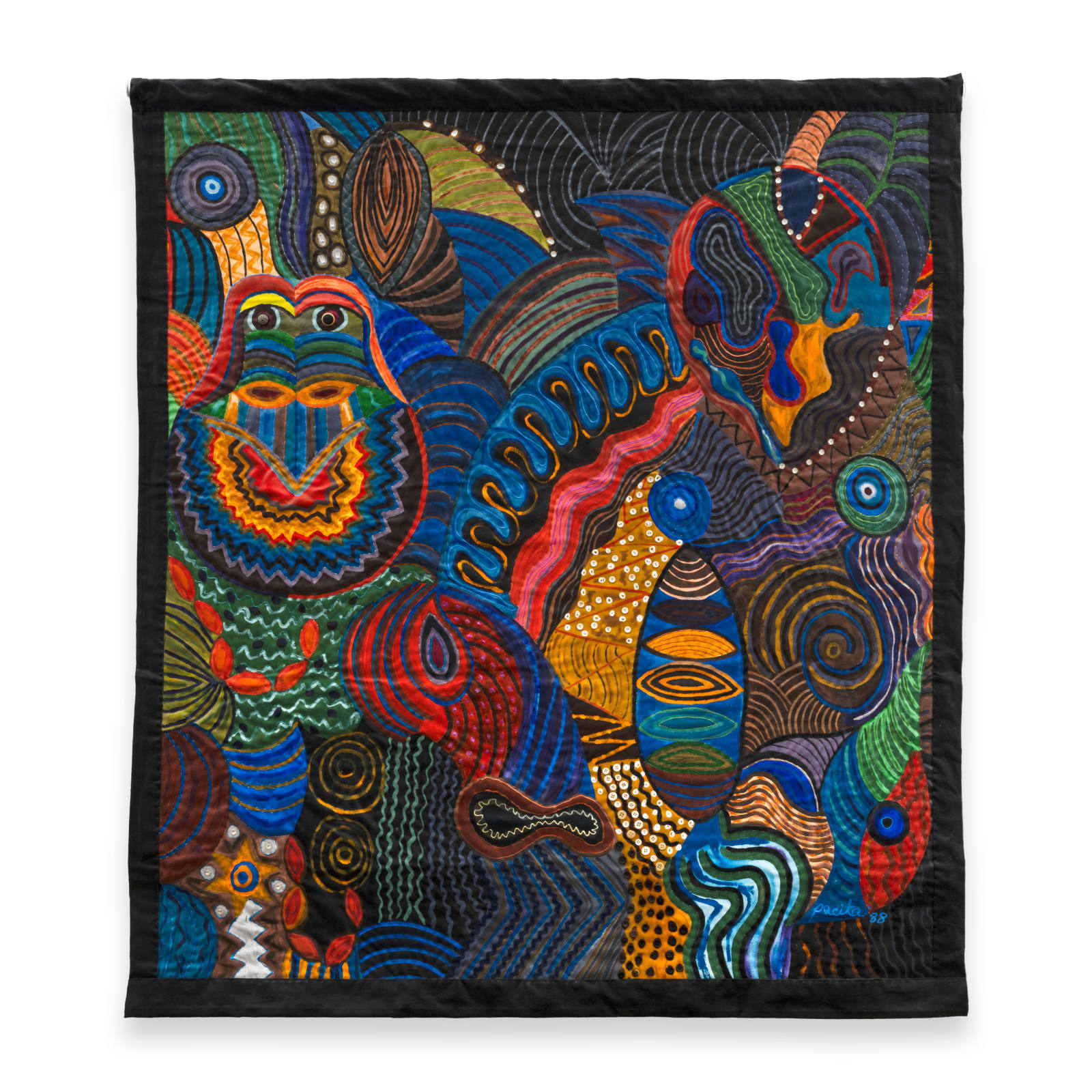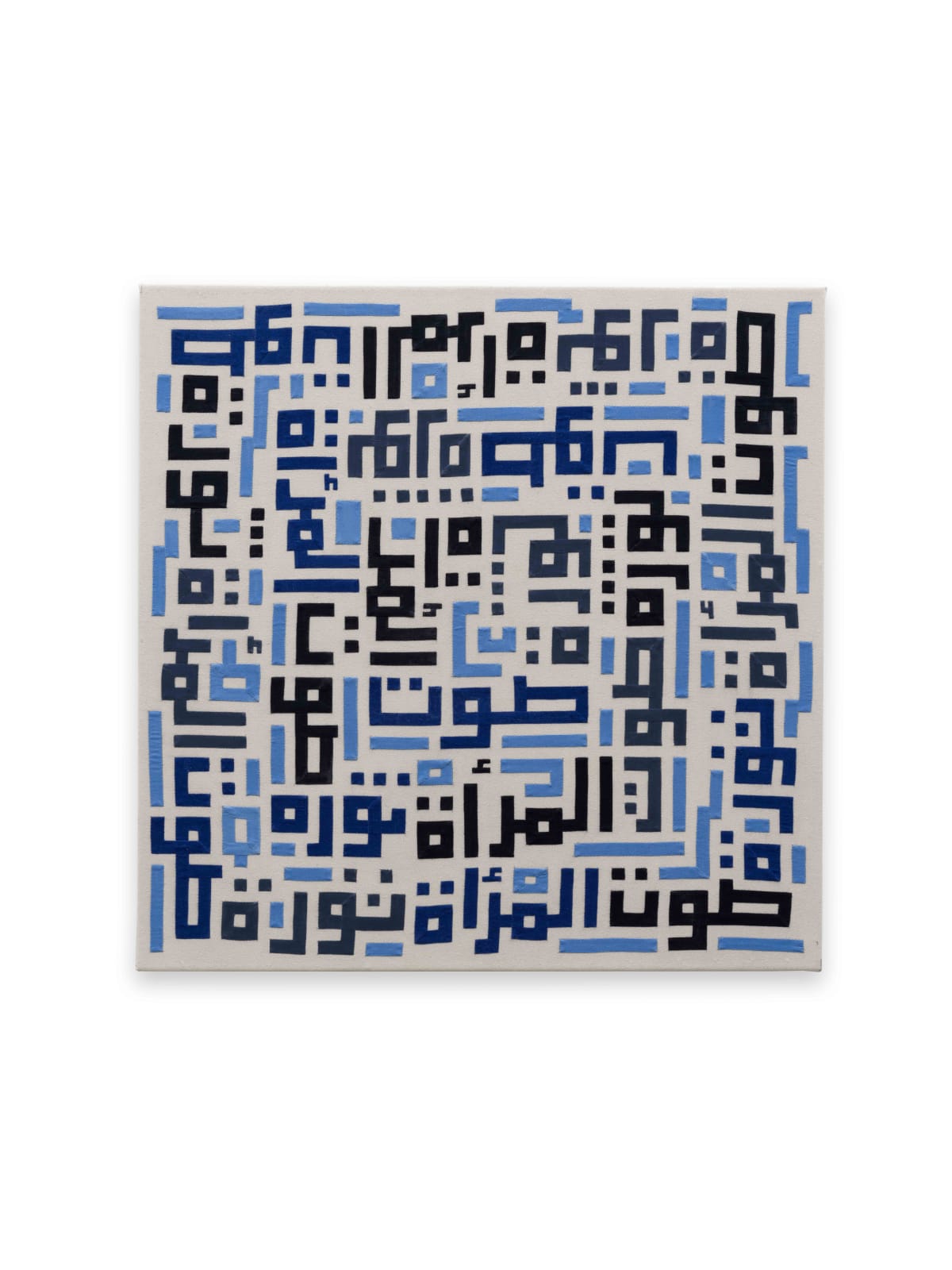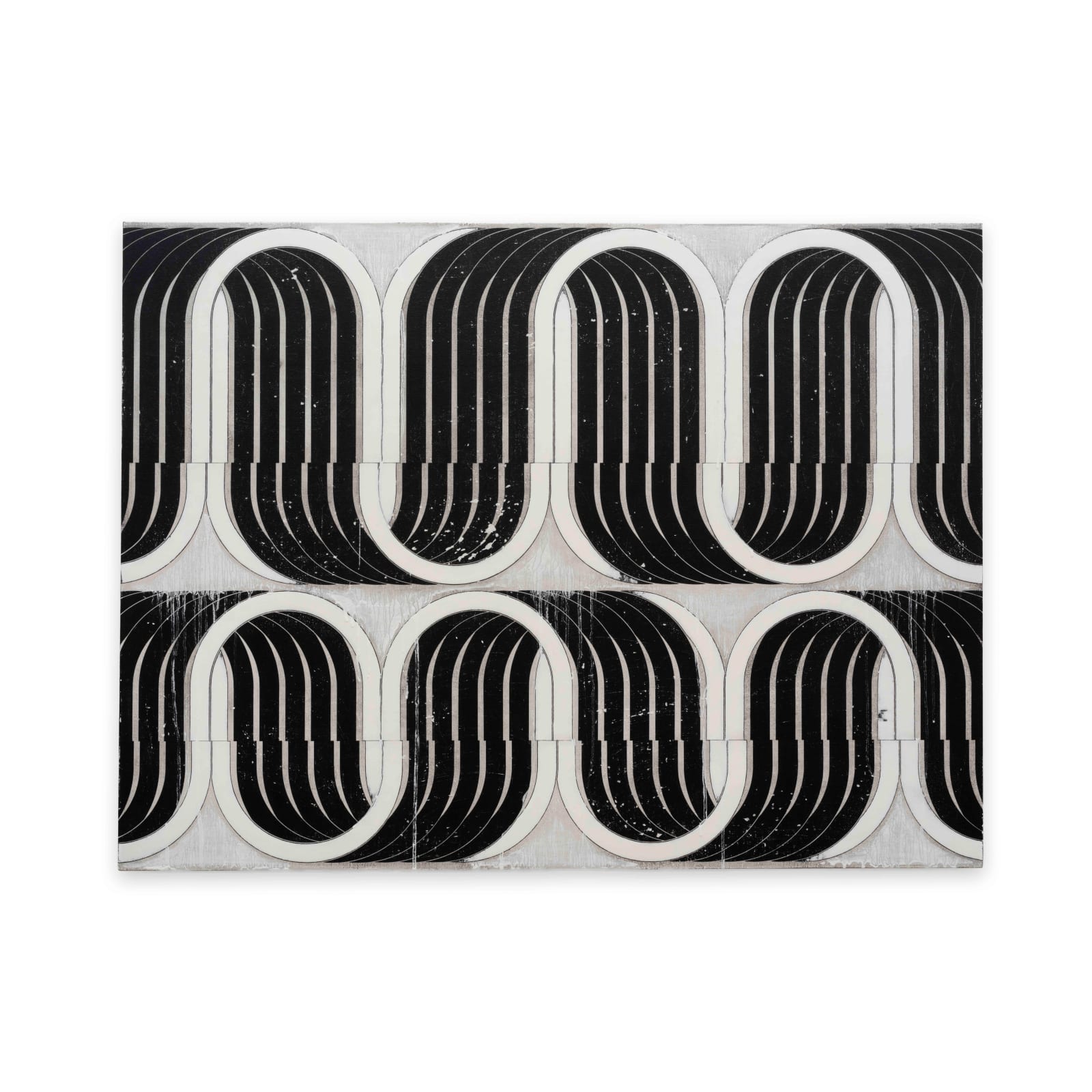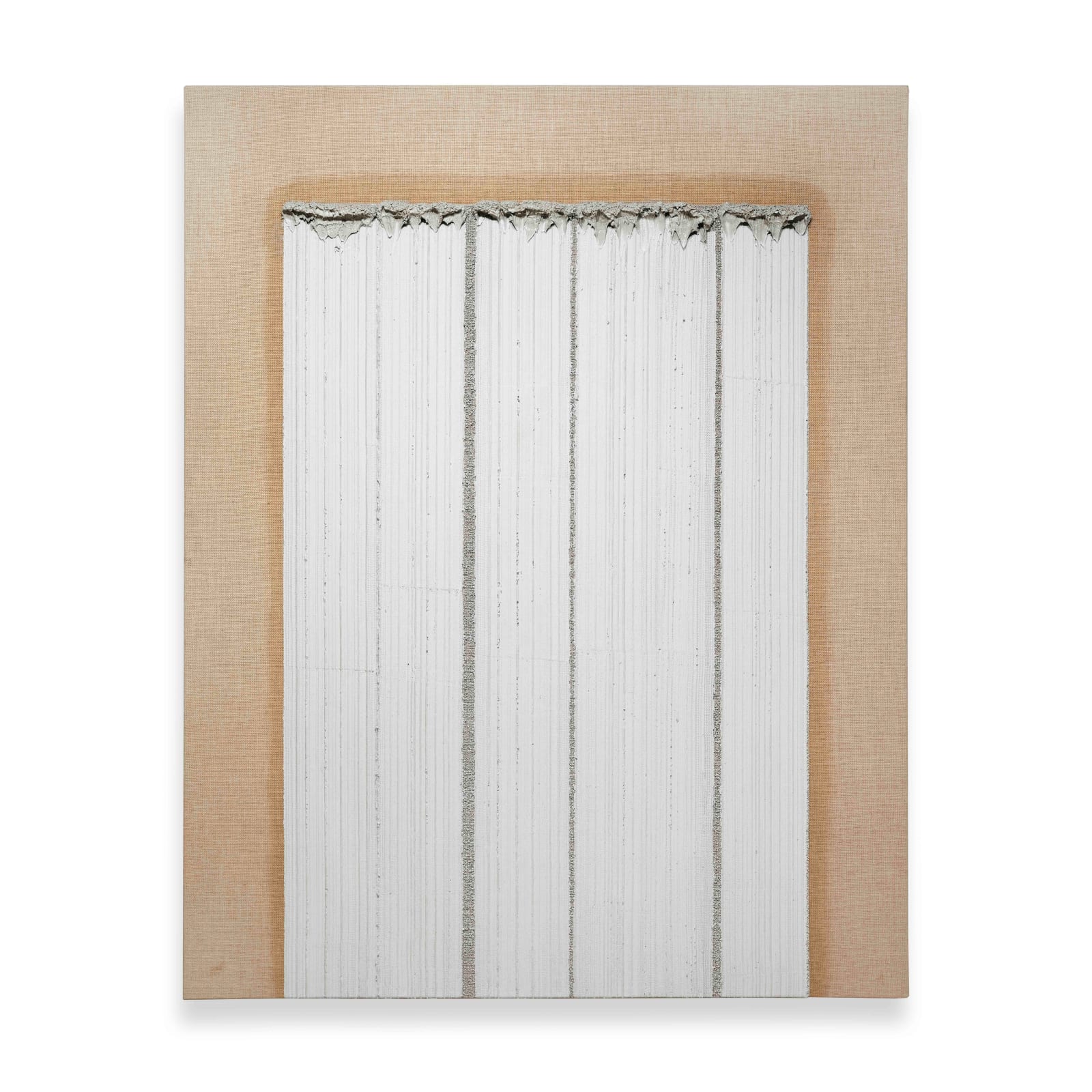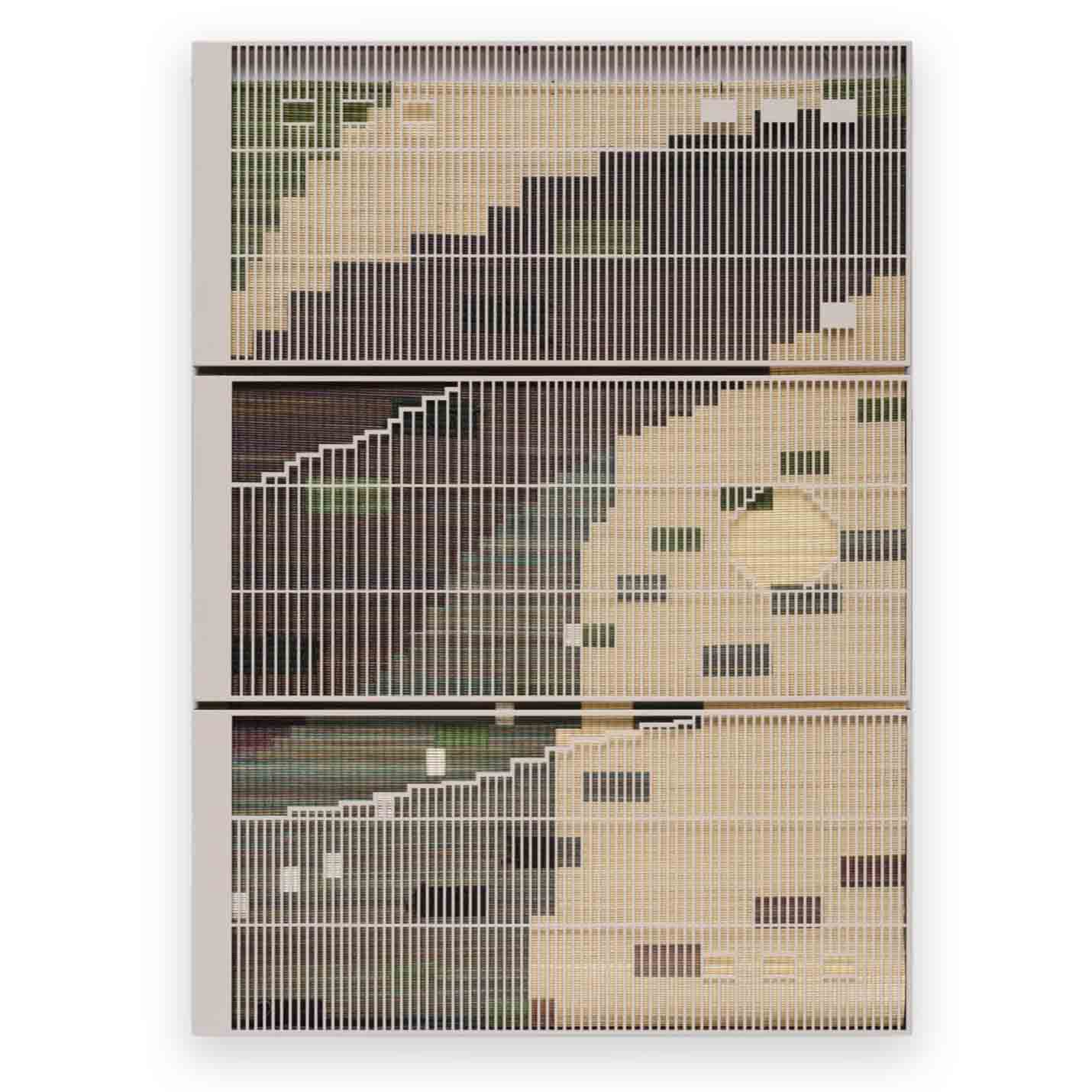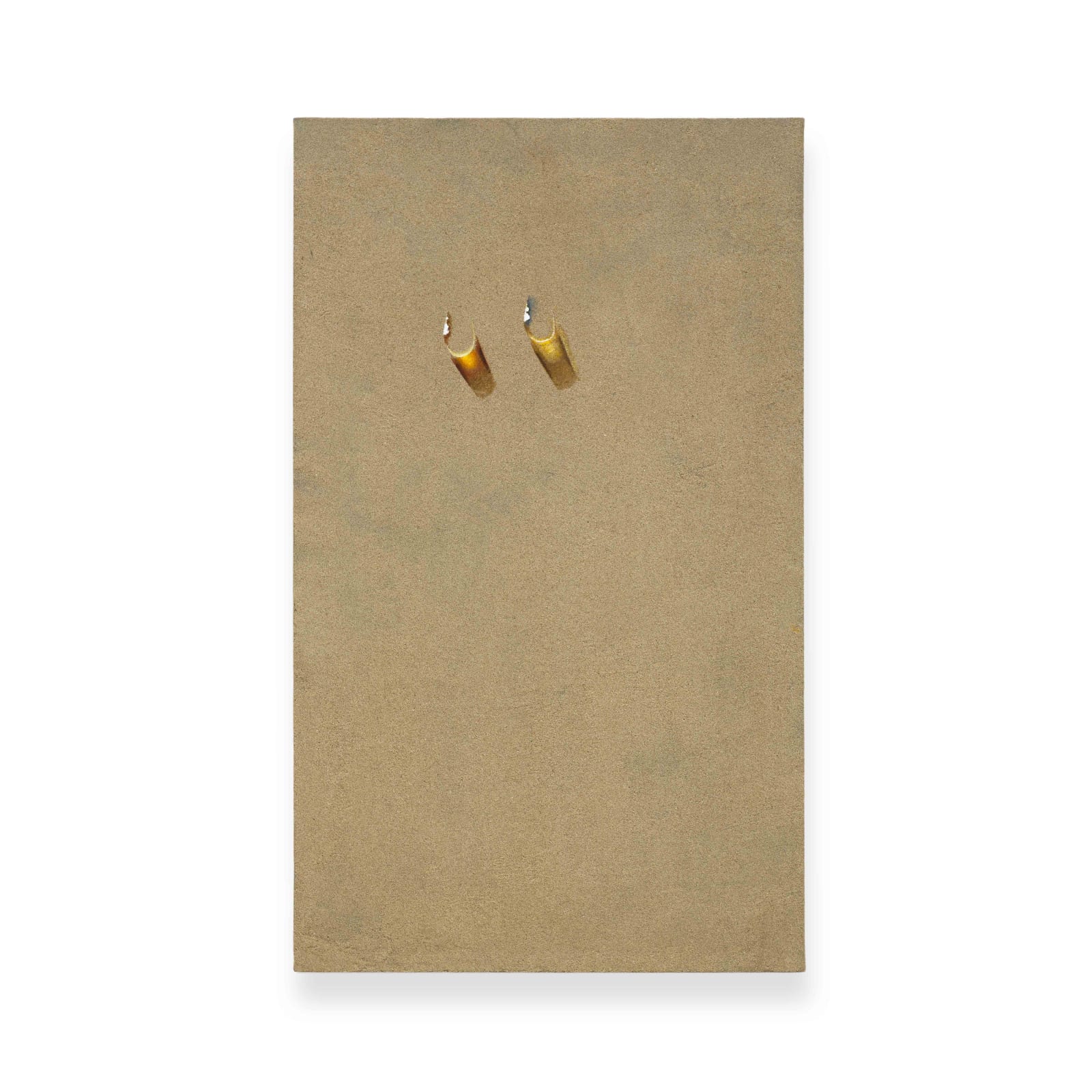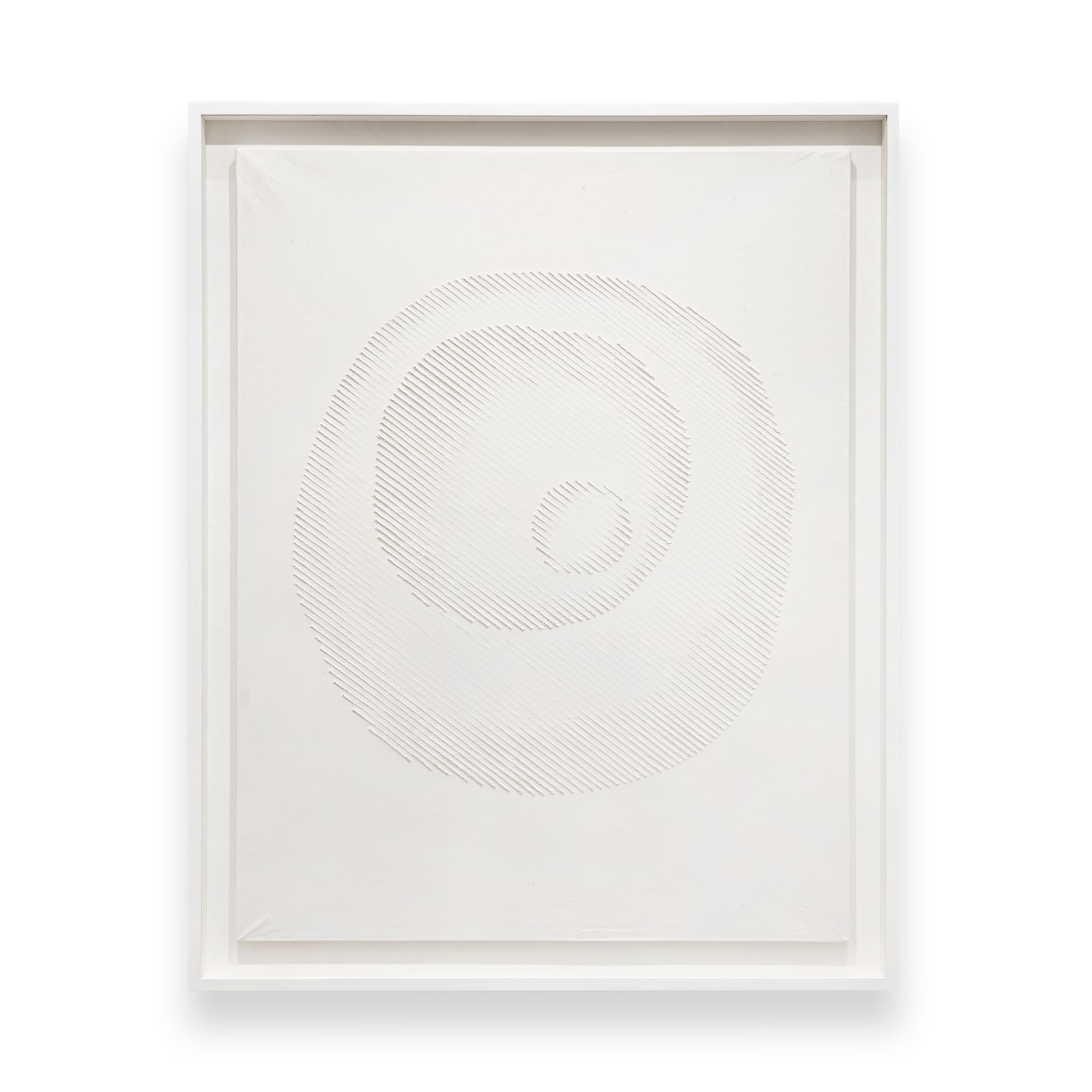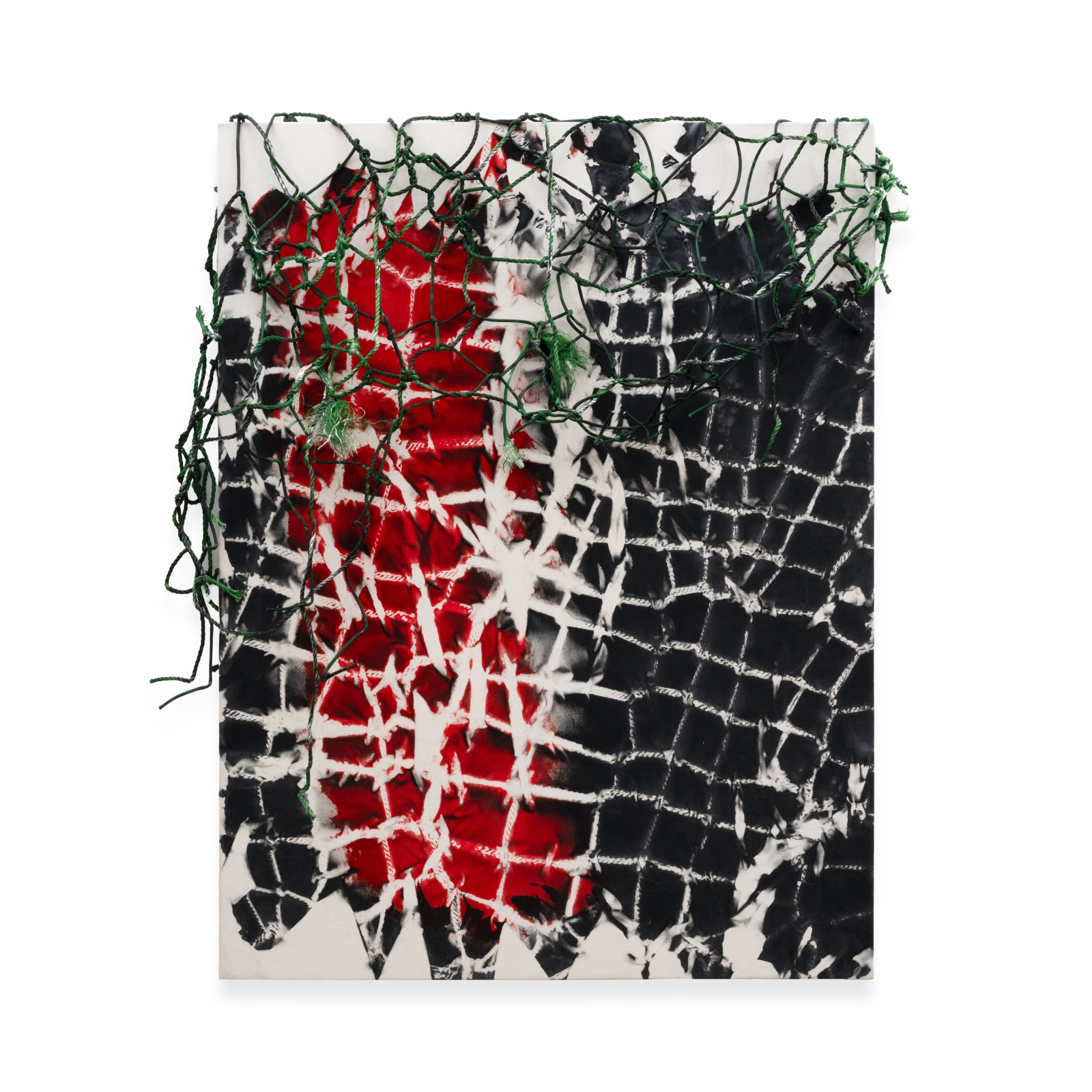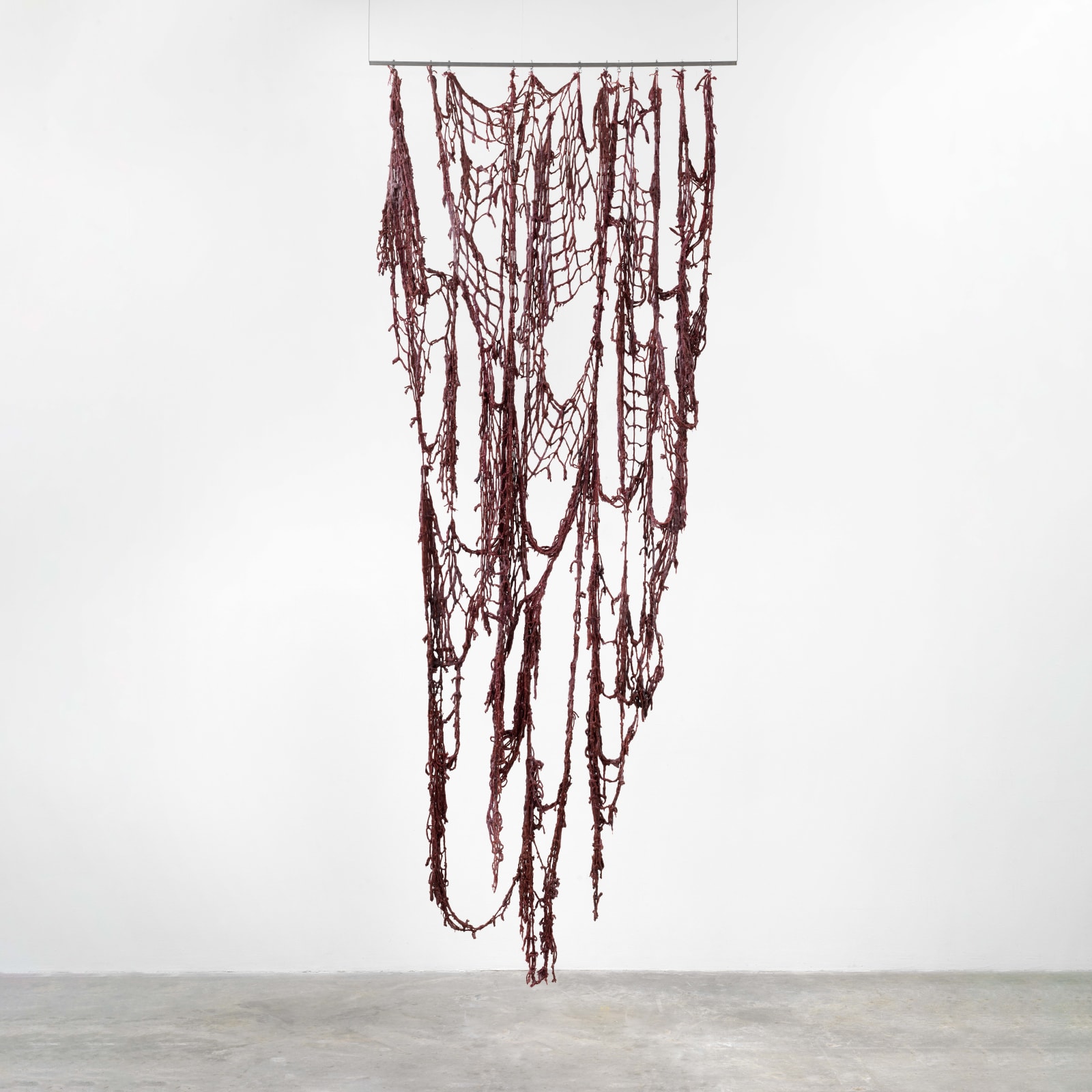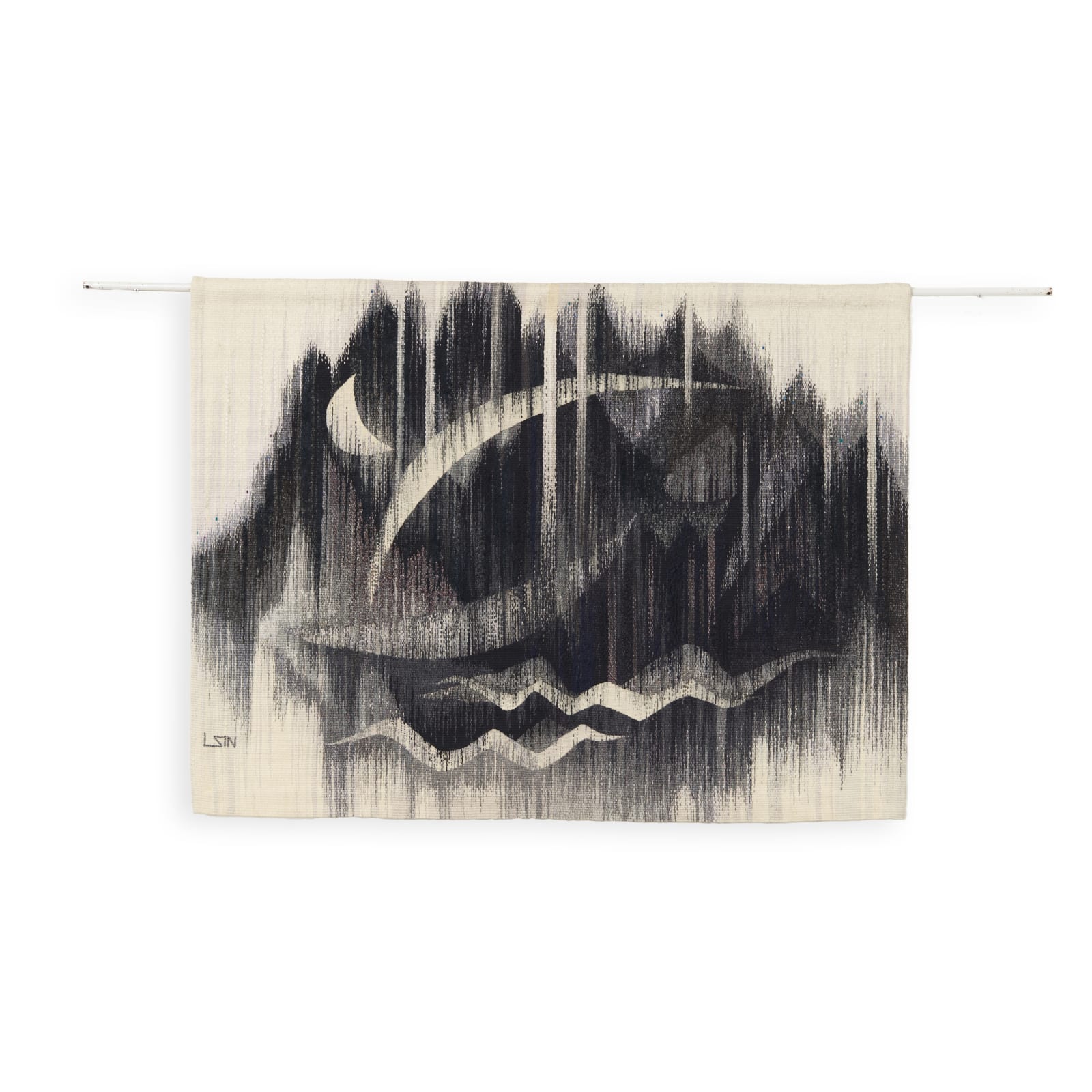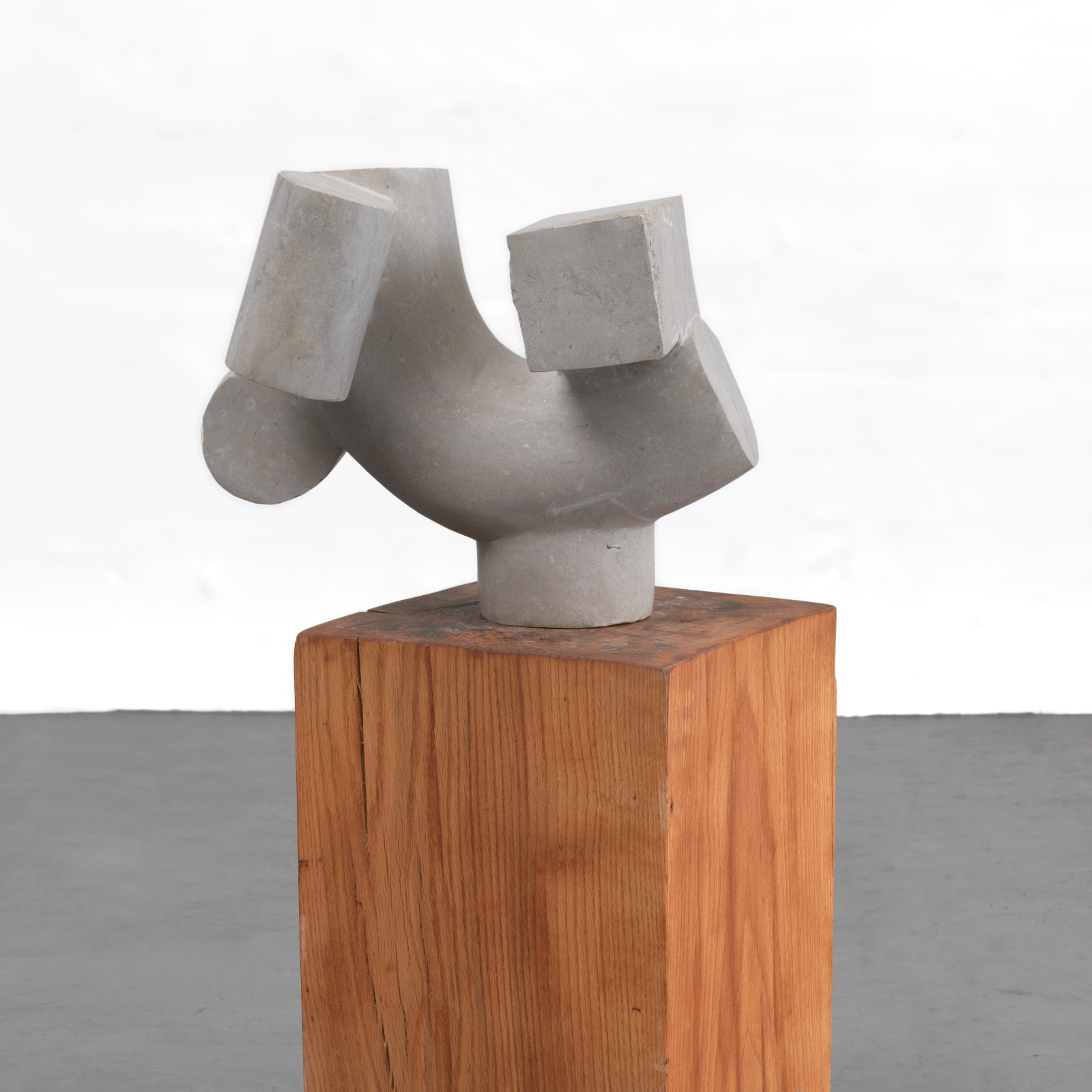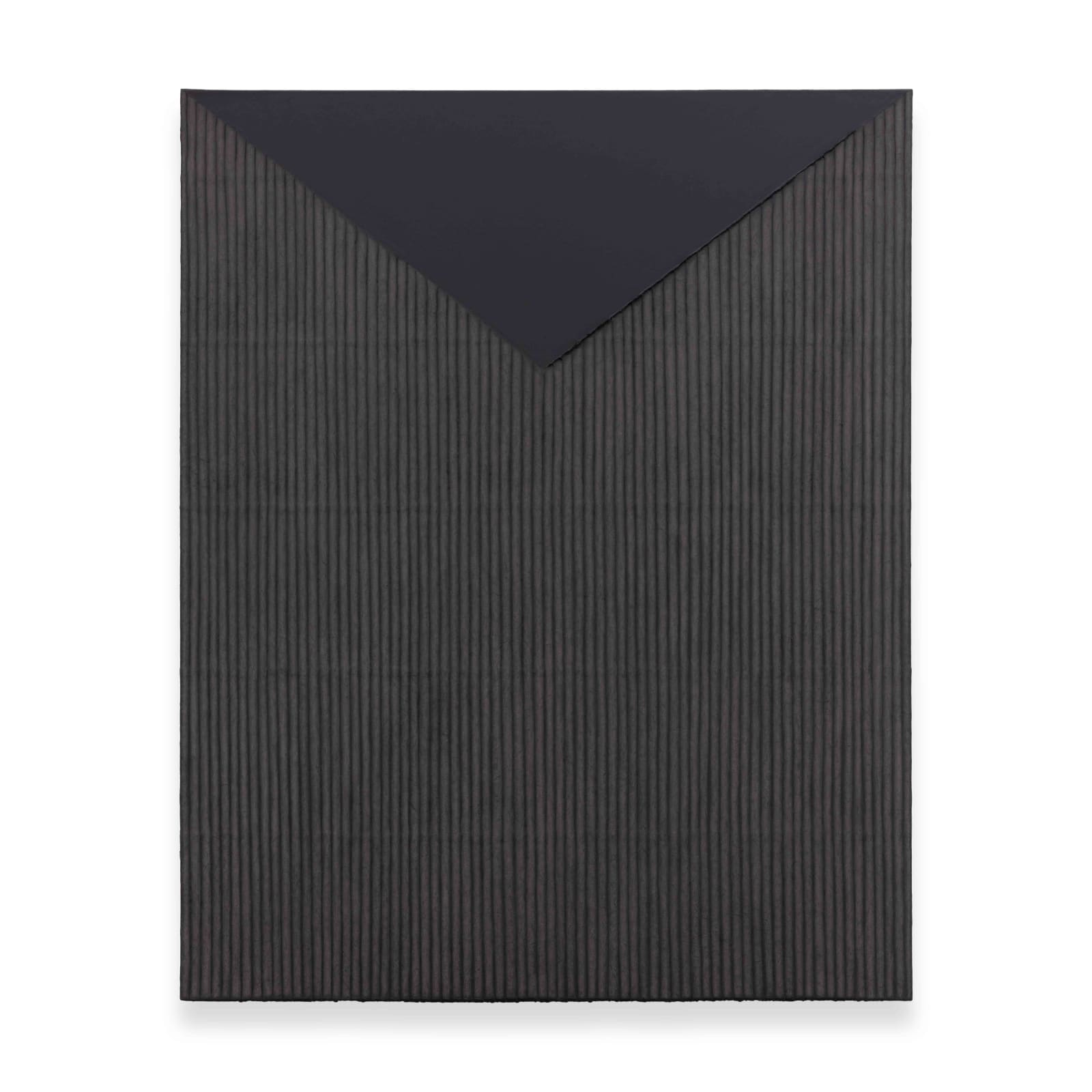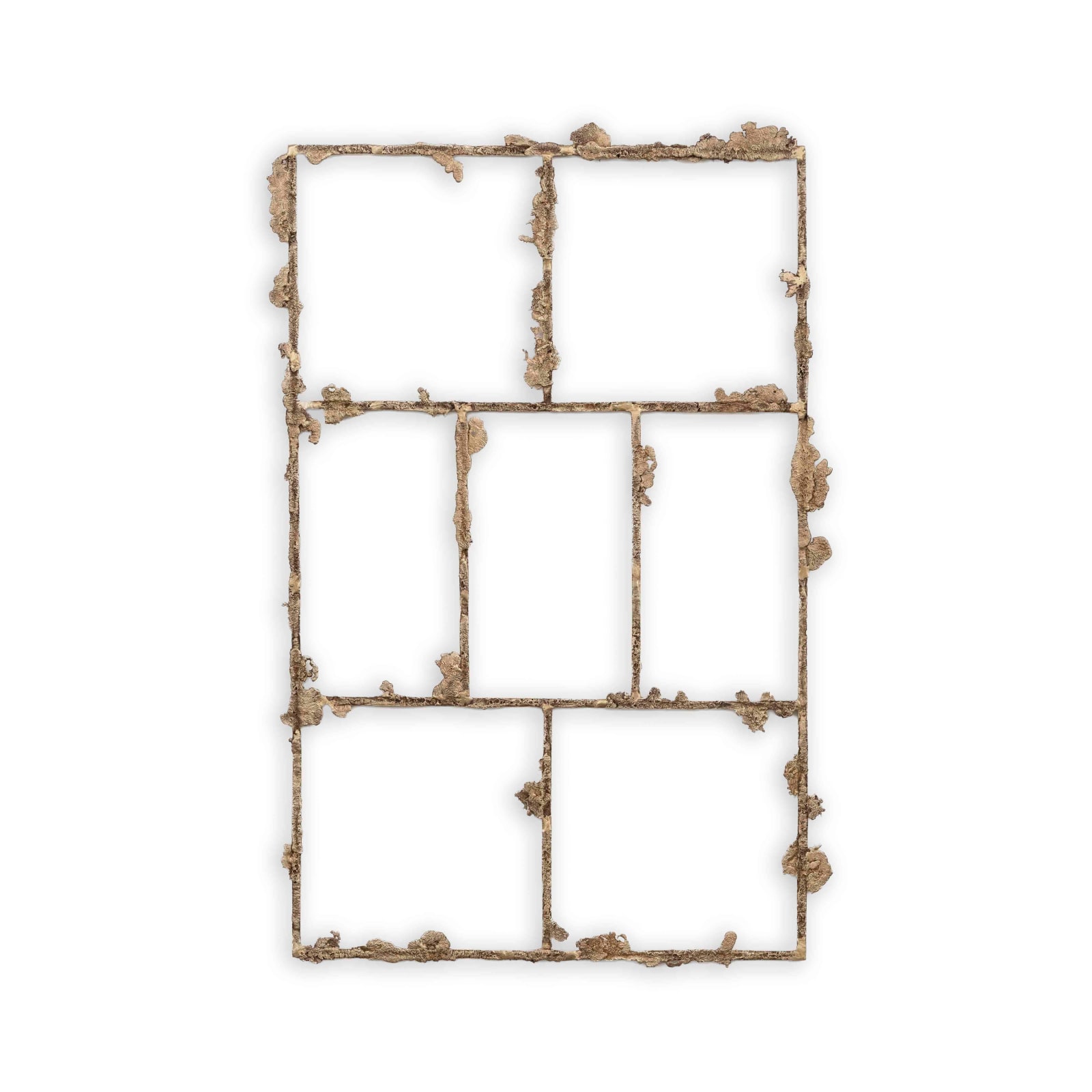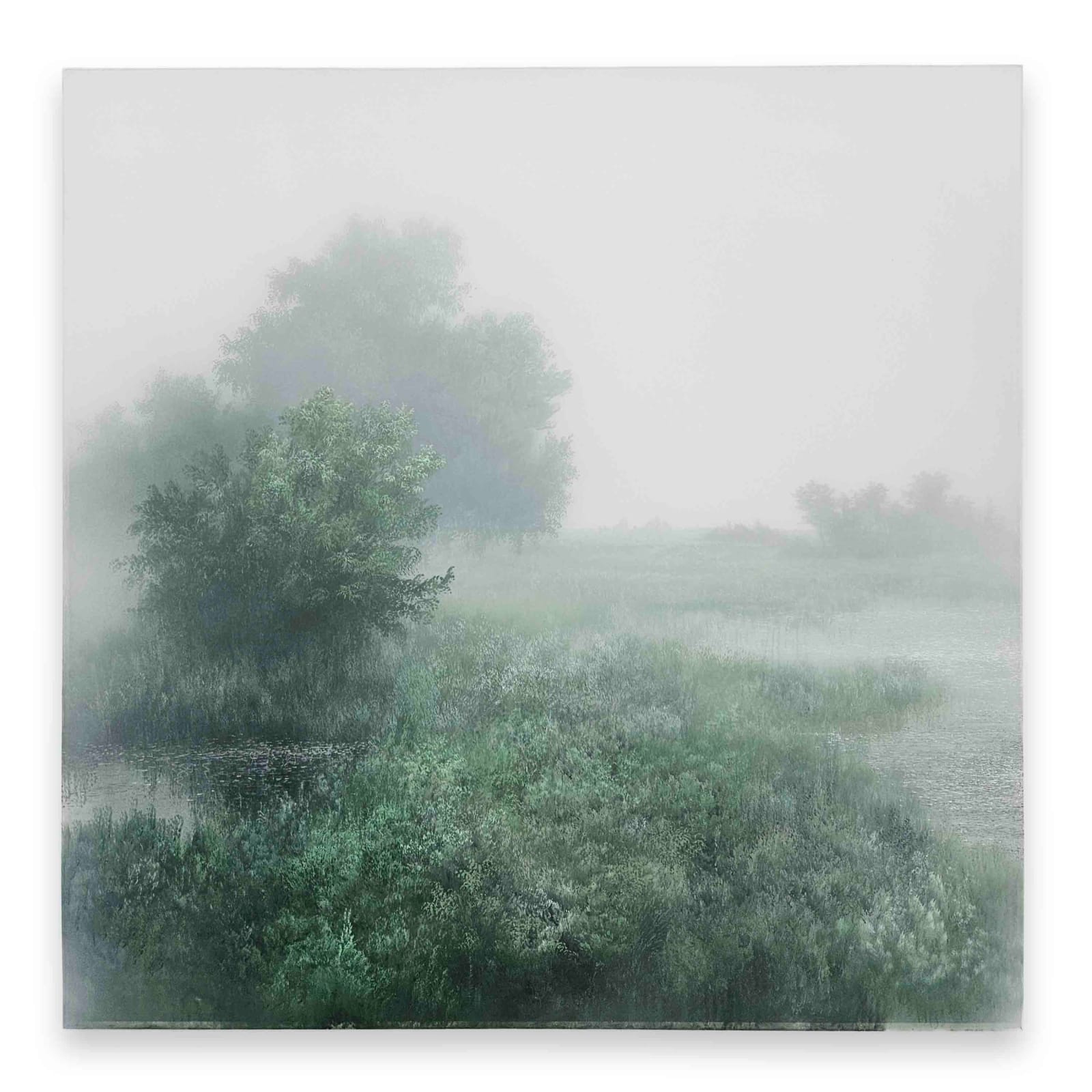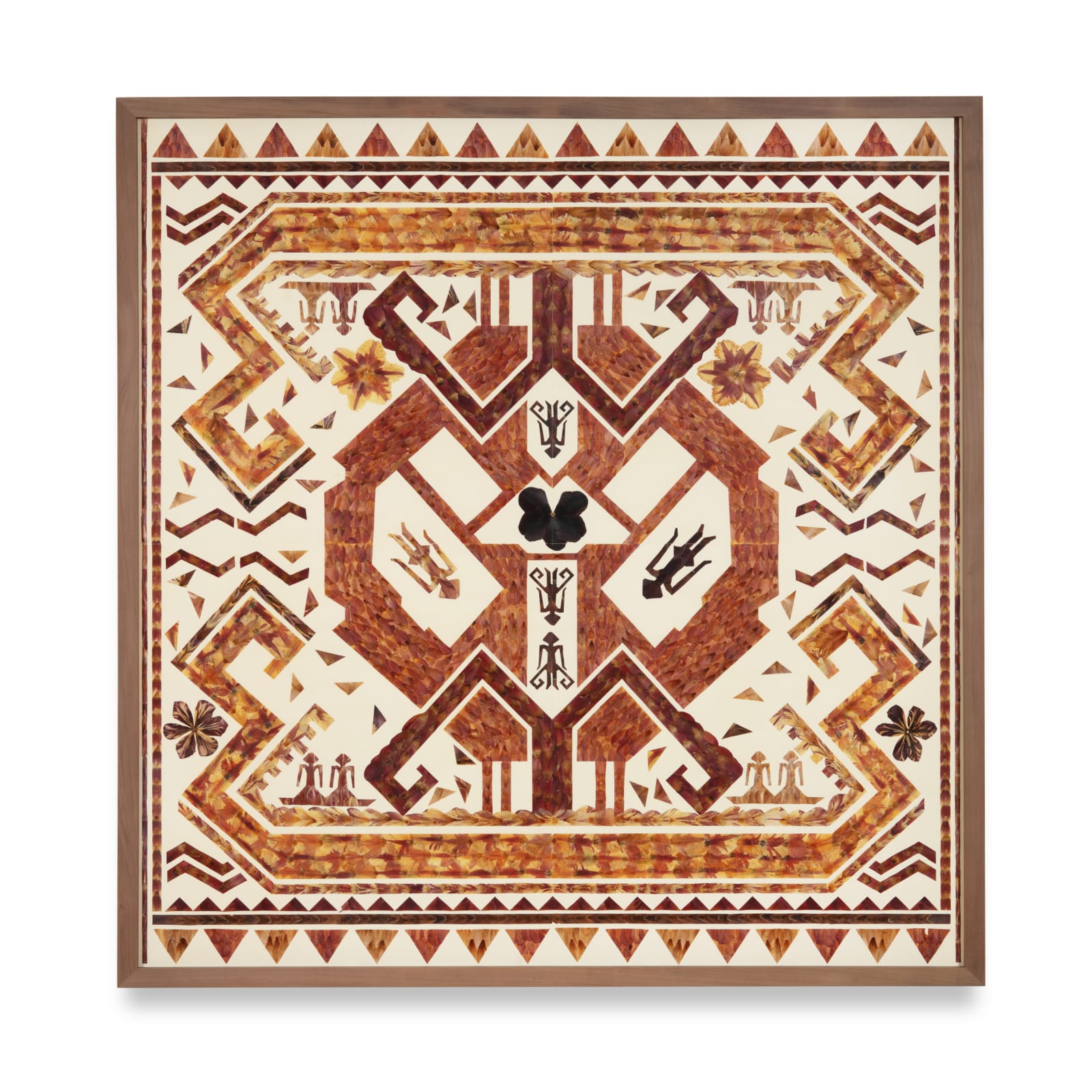Frieze London 2024: Booth C14
Tina Kim Gallery is delighted to return to Frieze London at The Regent’s Park from October 9–13, 2024. This year, the gallery will spotlight a selection of international artists engaging with themes of materiality, memory, and cultural identity. The presentation will feature works by Mire Lee, Pacita Abad, Lee ShinJa, Ghada Amer, and Kibong Rhee, as well as Jennifer Tee, Maia Ruth Lee, Tania Pérez Córdova, Minoru Niizuma, Davide Balliano, and Suki Seokyeong Kang. Historical works by Dansaekhwa masters Ha Chong-Hyun, Park Seo-Bo, Kim Tschang-Yeul, and Kwon Young-Woo will also be on view.
In conjunction with the unveiling of Mire Lee’s Hyundai Commission at Tate Modern’s Turbine Hall— which opens on October 9 and will remain on view through March 16, 2025—our booth will showcase significant works that embody the artist’s distinctively transgressive perspective that infuses industrial materials with raw primality. And to commemorate Pacita Abad’s traveling retrospective, which opens at its final venue of the Art Gallery of Ontario also on October 9, our booth will feature the Filipina- American artist’s signature trapunto paintings. Stitched with colorful threads and adorned with sequins, buttons, and beads, they are a celebration of color and texture. In anticipation of Ha Chong-Hyun’s early November solo exhibition at the gallery, works from his iconic “Conjunction” series will be highlighted at Frieze London.
Lee ShinJa, a pioneer of fiber art in Korea, will make her U.K. debut at Frieze London following her first solo exhibition with the gallery in New York. Since the 1960s, she has created textile works that defy the boundaries between fine art and crafts through her experimental weaving, dyeing, embroidery, and appliqué techniques. Her pieces, often abstract in form, imbue the medium with deeply personal and culturally rich narratives. Similarly reclaiming a craft historically denigrated to the realm of women’s domestic work, Egyptian-born artist Ghada Amer uses embroidery to create powerful pieces contending with gender norms. Her practice challenges traditional frameworks of gender, sexuality, and cultural identity, often featuring feminist texts and provocative images of women in her paintings, sculptures, and public installations. Her small-scale work will be exhibited at our booth ahead of her participation in the Public Program section of Art Basel Paris. Presented in collaboration with Marianne Boesky Gallery and Goodman Gallery, Amer’s monumental bronze sculptures from her “Paravent Girls” series will be framed by the Parisian heritage of the city at Domaine National du Palais-Royal from October 15–26 and freely accessible to the public.
Coinciding with Kibong Rhee’s solo exhibition at our New York gallery, on view through November 2, our presentation at Frieze London will feature Rhee’s signature landscape paintings that meditate on the fleeting essence of nature and our consciousness of perception. His atmospheric visual language is accomplished by layering sheer fabric over his painted canvas before painting on the new surface once again. This innovative use of materials is mirrored in the work of Jennifer Tee, who creates collages from tulip petals in her “Tampan Tulips” series. The flower’s voyage from its native mountain ranges in Asia to the gardens of northern Europe parallel the journey of Tee’s own family members from Indonesia to the Netherlands after World War II. This theme of migration is further explored in works by Maia Ruth Lee. In her “Bondage Baggage” series, Lee replicates the methods used by Nepalese migrants to secure their belongings; canvases are first tied with rope, and then stained with ink to leave a lasting imprint of brilliant color. Here, she delves into themes of memory and displacement, transforming objects into symbols of diasporic resilience.
Meanwhile, sculptures by Mexican artist Tania Pérez Córdova explore the materiality and narrative potential of objects, reflecting on time, absence, and transformation. Her works often incorporate everyday objects, addressing ideas of cultural value and the interplay between the real and synthetic. The carved sculptures of late Japanese-American artist Minoru Niizuma highlight the natural appearance of his material of choice, granite and marble, in reaction to the prevailing emphasis on uniforming industrial processes that dominates sculptural practice at the time. Drawing attention to the materiality of his paintings, Italian-born artist Davide Balliano layers gesso and plaster to form grayscale patterns of arches and circles that are at once organic and architectural. Similarly, Suki Seokyeong Kang uses her art to recontextualize one’s spatiotemporal experience. Referencing traditional Korean crafts and painting, her playful and colorful sculptures connect history with the present.
